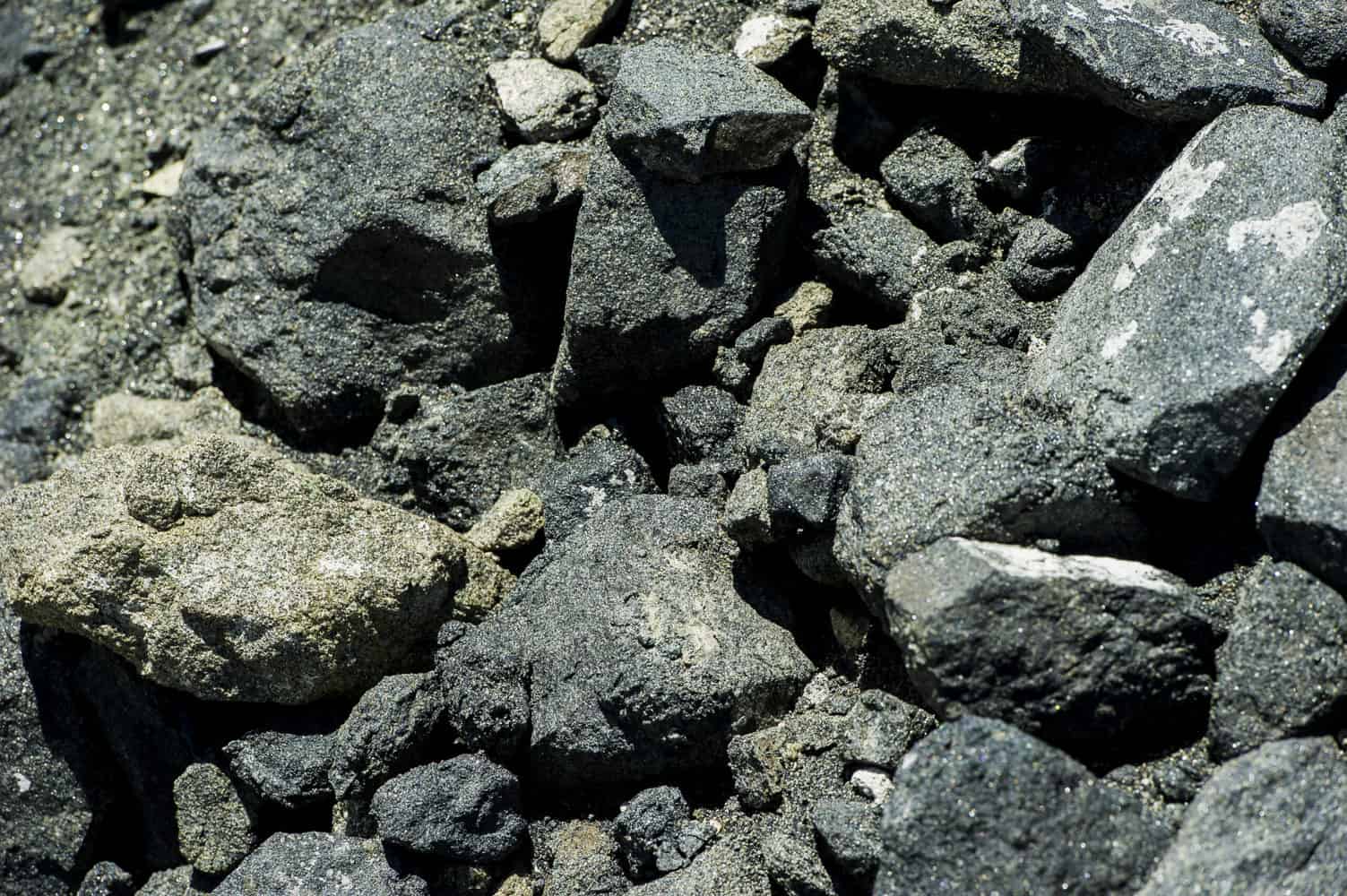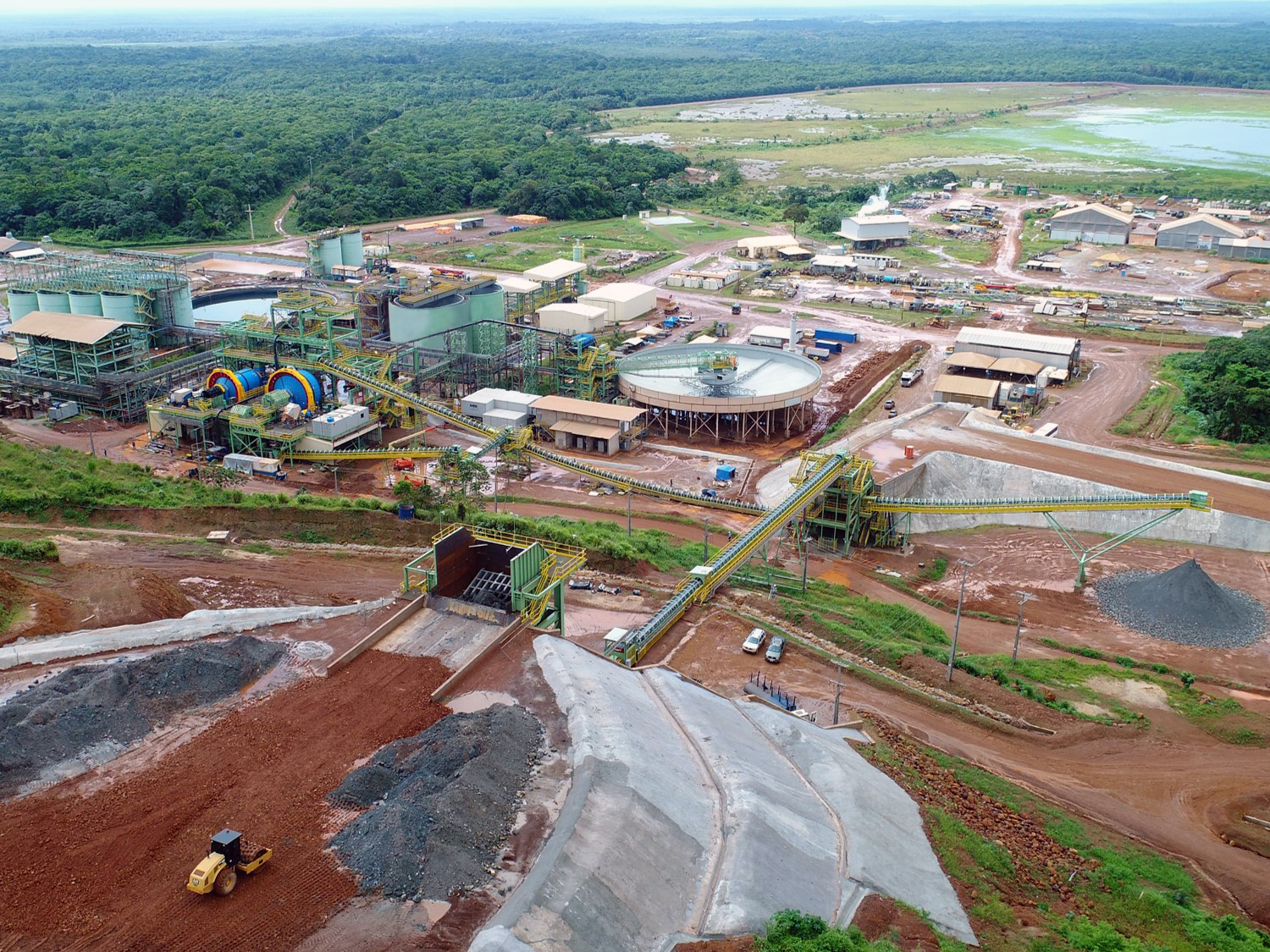Illegal gold mining drives deforestation in DRC reserve home to ‘African unicorn’
- The Okapi Wildlife Reserve in the Democratic Republic of the Congo protects vast tracks of primary Congo Basin rainforest, and is a stronghold for endangered species including the iconic okapi (Okapia johnstoni) and African forest elephant (Loxodonta cyclotis).
- The reserve is also the home to Indigenous Mbuti and Efe forest peoples, who depend on forest resources.
- Deforestation in the reserve remained high in 2023, and continued to spread this year, according to satellite data from the Global Forest Watch platform.
- Illegal artisanal and semi-industrial gold mining within the reserve is driving deforestation, poaching and environmental destruction.
>Illegal mining inside the Okapi Wildlife Reserve in northeastern Democratic Republic of the Congo (DRC) continues to spread, satellite data show, driving environmental devastation. Deforestation stayed at a near-record high in 2023, and preliminary data for 2024 shows that clearing continues apace.
>The Okapi Wildlife Reserve covers 14,000 square kilometers (5,405 square miles) of Congo Basin rainforest. It protects an astounding array of globally significant wildlife populations: a fifth of all okapi (Okapia johnstoni); the DRC’s largest populations of forest elephants (Loxodonta cyclotis) and chimpanzees (Pan troglodytes); the highest diversity of primate species in Africa; and more. It’s also critically important to Indigenous Mbuti and Efe forest peoples who hunt and gather forest products within certain zones.

>With climate change, the reserve might become an even more crucial haven for biodiversity. Recent research places the reserve in the top 40% of terrestrial protected areas most resilient to extreme warming. The authors say protecting such refugia is a “no regret action.”
Yet deforestation, pollution and insecurity — primarily driven by semi-industrial and artisanal gold mining — are steadily chipping away at the integrity of the reserve.
Deforestation has been rising steadily for the past decade, peaking at 1,920 hectares of forest lost in 2022, according to the Global Forest Watch (GFW) platform. Another 1,890 hectares of forest cover was lost in 2023, roughly three-quarters of which was primary forest.
Deforestation is concentrated along the Ituri river and National Route 4, in the southern portion of the reserve. Satellite images clearly show clearing in the forest and along the Ituri river, which has been widened and dredged from its natural course. New incursions along the reserve’s western border started developing in the middle of last year. Throughout 2024, the GFW platform has shown near-real time deforestation alerts fanning out from existing mining areas, and spreading north of the main road.


There are at least 18 mining sites within the reserve, according to a 2022 University of Antwerp policy brief, with 15,000 to 25,000 artisanal miners, as well as semi-industrial operations where dredges run constantly. Among the most intensive are those at Muchacha, run by Chinese-owned Kimia Mining.
“[T]he trees have all been cut, and of course the river has been polluted quite heavily because of the chemicals they use during the mining process. It’s a real mess,” John Lukas, president of the Okapi Conservation Project, an NGO, told Mongabay in 2023.
A 2023 report by the International Peace Information Service (IPIS), an independent research institute, documents the toll of artisanal gold mining on the environment and communities in the Mabasa region, 20% of which lies within the Okapi Wildlife Reserve. The report is part of a Partnership for the Development of Eastern Congo (P-DEC) initiative, a USAID funded project “to restore equilibrium” to this region.
In 2022, the investigators visited 12 artisanal mining sites along the Ituri River inside the reserve, as well as another 29 sites west of the reserve, including some company-held concessions.
The investigators cataloged numerous environmental impacts, which extended beyond the footprint of the mine sites.
They found that miners were cutting trees for firewood, construction, and charcoal, driving deforestation. At more than half the mining sites, restaurants frequented by miners sold bushmeat from poaching. At sites within the Okapi Wildlife Reserve, bushmeat was especially common, with restaurants at 10 out of 12 sites serving smoked monkey meat, duikers and other species.

>Mercury was used to process gold in more than 90% of mining sites, both inside and near the reserve, which is a more than three times the rate in provinces like North and South Kivu, according to the report. Mercury is a potent neurotoxin, with no safe level of exposure, yet was frequently used very near the rivers and homes, often without protective equipment and sometimes by children, the report found. Once it gets into water sources or soils, mercury rapidly bio-accumulates up the food chain, putting miners, the wider population and wildlife, at risk.
The majority of artisanal miners were men from neighboring provinces, though 8% were children under 15. The report noted the poor working conditions at all mining sites visited. However, the majority of the accidents reported were at sites controlled by Kimia Mining, inside the reserve, with most at the Muchacha site.
Continuing insecurity
Mining in the reserve isn’t new; nor is conflict. In 1997, just a year after the Okapi Wildlife Reserve was declared a UNESCO World Heritage Site, it was placed on the World Heritage Sites in Danger list.
Armed groups have operated in the reserve for two decades, often controlling mining sites and engaging in deadly skirmishes with Congolese Institute for the Conervation of Nature (ICCN) eco-guards. According to a post on an Okapi Wildlife Reserve social media account, in September a group of around 60 individuals armed with machetes and arrows attacked ICCN eco-guards at an illegal mining site inside the reserve, injuring two. This follows an attack in June, in which an ICCN eco-guard was killed. In 2012 elephant poachers killed seven people, including two eco-guards, as well as 13 captive Okapi, inside the reserve.
In the DRC, mining is strictly prohibited within protected areas, but ongoing disagreement over the boundaries of the reserve is complicating this already volatile security situation.
The boundaries of the reserve are clearly laid out in the 1992 ministerial decree, and follow natural or topographical features. But a map published by Congolese Mining Cadastre (CAMI) shows some borders running randomly through the forest, significantly shrinking the size of the reserve. As such, areas clearly within the 1992 boundaries are designated as mining or exploration concessions on CAMI’s online portal, with licenses issued to Kimia Mining, Ratel Metal Congo SARL and MCC Resources SARL.

To resolve this disagreement, the UNESCO World Heritage Centre has facilitated collaboration between high levels of the DRC government, the ICCN and CAMI, amongst others, who have formed a joint committee. However, progress has been slow, in part due to changes in leadership at ICCN, notes a 2024 UNESCO State of Conservation report for the reserve.
Meanwhile, the Chinese-owned Kimia Mining and others hire “undisciplined” members of the 31st Brigade of the Armed Forces of the Democratic Republic of the Congo (FADRC) as private security, according to the IPIS report. These FADRC members reportedly set up roadblocks, harass and tax artisanal miners and block government inspectors from reaching the sites. Civil society organizations report altercations between the ICCN and FADRC forces, the report notes.
The IPIS report concludes that “[t]o have an impact on the region’s stability, local, national and provincial advocacy initiatives are necessary in order to put a stop to Kimia Mining’s activities in the OWR and to demand mining site rehabilitation at the expense of the company.” It also recommends that artisanal miners be offered financial incentives to relocate to designated zones outside the reserve.
Kimia Mining does not appear to have an online presence, and contact info for the company could not be found.
Against this backdrop of violence and exploitation, are the families living and farming in villages in and around the reserve.
For over 30 years the Okapi Wildlife Project, a non-profit, has worked with these communities, including Indigenous Mbuti and Efe peoples. Communities in the reserve generally respect the allotted agricultural zones and appreciate the advantages that forest protection brings, Lukas told Mongabay in 2023. The Okapi Wildlife Project’s agroforestry, education and income generation programs help improve people’s quality of life, and offer alternatives to the over-exploitation of the reserve’s natural resources.
“There is a positive side in that we’ve kept a lot of forest intact,” Lukas said. “And there are communities that are very protective of the forest. And they just really think it’s the way it should be.”
Citations
IPIS. (2023). Mapping of artisanal mining sites in western Mambasa, Ituri Province, Democratic Republic of the Congo. Retrieved from https://ipisresearch.be//wp-content/uploads/2023/10/20231026_IPIS-Mapping-ASM-in-western-Mambasa_EN.pdf
Price, J., Forstenhäusler, N., Graham, E., Osborn, T., & Warren, R. (2024). Report on the observed climate, projected climate, and projected biodiversity changes for Okapi Wildlife Reserve, Democratic Republic of Congo under differing levels of warming. Zenodo. https://doi.org/10.5281/zenodo.12706114
Verweijen, J., Schouten, P., O’Leary Simpson, F., & Zirimwabagabo Pascal, C. (2022). Conservation, conflict and semi-industrial mining: The case of eastern DRC. (Analysis and Policy Briefs; No. 49). University of Antwerp, Institute of Development Policy
Banner image:Satellite imagery from Planet Labs captured October 2024 shows gold mining-related deforestation along the Ituri River that runs through the southern portion of Okapi Wildlife Reserve.
FEEDBACK:Use this form to send a message to the editor of this post. If you want to post a public comment, you can do that at the bottom of the page.
Share this content:














